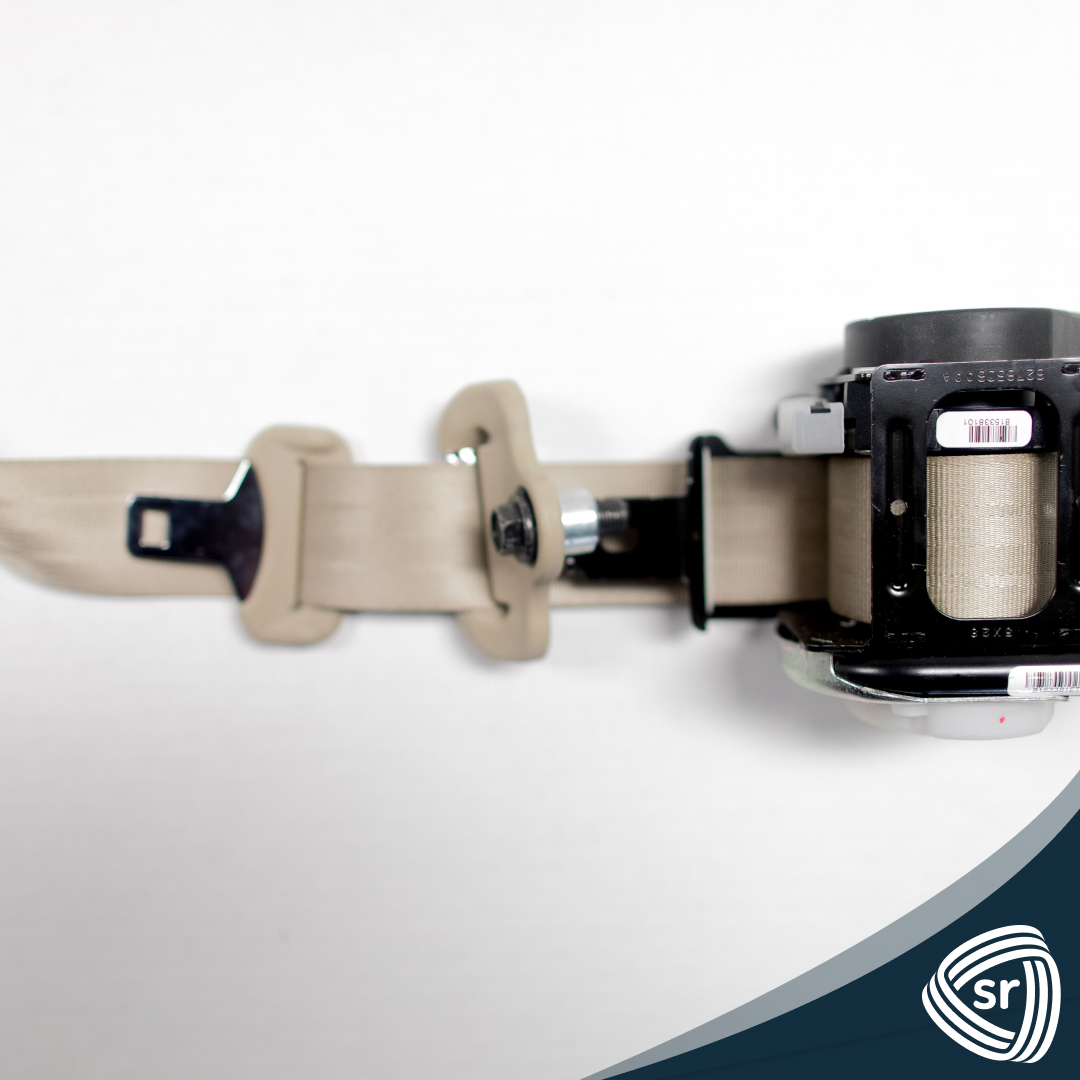What do you do when a warning light flashes on your car’s instrument module?
A. Panic.
B. Freak out.
C. Ignore.
D. Call 911 to do an airbag reset.
Before you answer, know that this is a trick question, and you’re not supposed to do any of the actions mentioned above. That warning light informs you of a concern that needs to be addressed by your automobile provider or mechanic.
Here’s an article on what it is, what to know about its blinking, and what to do about it.
Supplemental Restraint System (SRS)
The warning light in question is called the supplemental restraint system (SRS) or the SRS warning light. More commonly, it is referred to as the airbag light system, a computer-controlled mechanism that deploys airbags in a vehicle’s driver, passenger, and side areas. The SRS is also responsible for tightening seat belts during an impact collision.
Interestingly, a car’s SRS does not need to be activated or toggled manually. To be used, the vehicle must reach certain speeds. This is unlike a car’s seat belts, an active restraint system since they have to be worn to be activated. For this reason, SRS is also referred to as a passive restraint system.
Once a car’s SRS deploys its defensive maneuvers, they must be reprogrammed for future use; hence, an airbag module reset is needed.
Why the SRS Lights Up
SRS lights flash during two key moments: a car’s ignition and a system malfunction.
In the first instance, the SRS warning light pops up between one and five seconds when the car is turned on. This short period is a self-test sequence to ensure the SRS works properly. After a while, the light should turn off, meaning your car is ready to be ignited.
Note that the SRS warning light does not turn on when the airbags deploy or seat belts tighten. That’s what the ignition self-check is for, as it proves to the driver and passengers they will be protected should any road accidents happen.
If there is a system malfunction, the SRS light will remain lit. The airbags will not deploy, the seatbelts will not tighten upon impact, and other additional safety features of your car will not activate.
When these happen, it usually means your SRS is faulty, and an airbag module reprogramming or an airbag control module repair is necessary. You need to bring your vehicle to the distributor if there is a current recall or if the issue is covered by your warranty. You can also call a mechanic to resolve this concern immediately. Never delay this task since it is an important safety function of your vehicle.
The Diagnosis
Every SRS comes with a “black box” that records crucial automobile data. Much like those of a commercial airplane, this contingency stores the speed the car was traveling, the G-force of a car’s acceleration, the seat belt(s) latched, the airbag(s) deployed, and even the duration the SRS was disabled due to a malfunction.
This is why, once you notice the SRS warning light lasts longer during ignition, you must bring your car for repairs. Car manufacturers and insurance providers usually cover faulty systems like this, provided it has not occurred for a long time. Delaying this results in non-coverage by your policy or warranty and additional costs towards your car’s maintenance.
To Summarize
Your car’s SRS warning light should blink for roughly five seconds during ignition. If it lasts much longer, that means a malfunction in the airbag and seatbelt modules. Take your vehicle in for checking immediately because your safety is the top priority.
Set an appointment with Safety Restore for an affordable airbag module reset. We are the world’s leader in post-accident restorations for airbag and seatbelt modules, webbing replacements, and instrument cluster repairs. Talk to our mechanics today!


